
Architects are always using the term “timeless”–it’s easy to throw around. It’s easy to say that a building is revered because it’s so timeless. But what does “timeless” actually mean in terms of all of the design decisions and physical results involved with a building? What are the nuts and bolts of timeless design in architecture? Today’s post takes a crack at our definition of timeless design and ,like most everything on the BUILDblog, it’s open source –we’ll get the ball rolling with our top 10 but feel free to add your thoughts.
To illustrate our ideas, we’ve paired each topic with a lesser-known work. While it’s convenient to point to the Sydney Opera House or a building designed by Louis Kahn when discussing timeless design –these structures are unique to the point of being exclusive. We want the images in today’s post to be more accessible, more a part of the everyday fabric. Here goes…
Permanence: timeless design is relevant for several generations, it outlast trends, fashion statements and society’s infatuation with styles. It is made of materials and methods that will last a century or more.
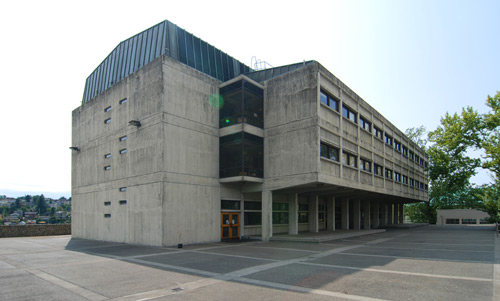
Marine Sciences Building on the UW campus designed by Liddle & Jones, landscape by Richard Haag, 1967
It matters: timeless design plays a necessary role in society. It solves problems.

Atchison, Topeka & Santa Fe RR Grain Elevator in Chicago built by John S. Metcalf Company, 1906
Adaptable: timeless design is open and flexible. It deliberately organizes the functional elements, like structural walls, and allows for big open spaces that can be altered and changed over time as needed.

John Deere Headquarters designed by Eero Saarinen, 1964
Buildings should be buildings: timeless design isn’t derived from a poem, it’s not a “response” to a previous design movement. Timeless design is serious, it doesn’t play games. It is not a statement or symbol for something else. Timeless design concerns itself with the needs of living and working.
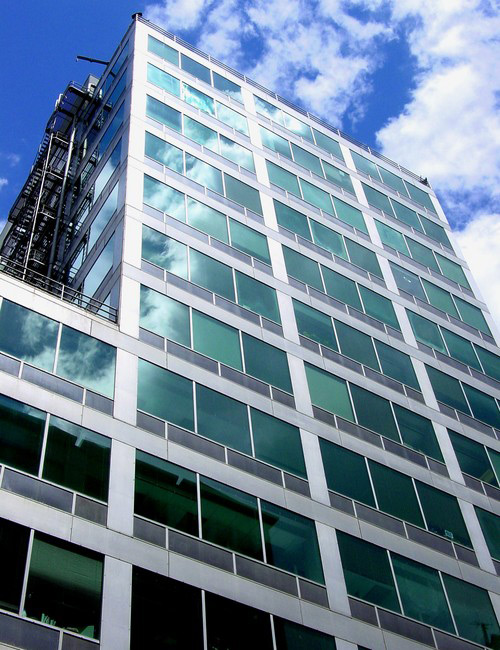
Equitable Building in Portland, Oregon designedy by Pietro Belluschi, 1948
A strong relationship with natural elements: timeless design takes advantage of sunlight and shade. It keeps the heat in and the rain out. It integrates the environmental systems into the architecture without making a big deal about it.
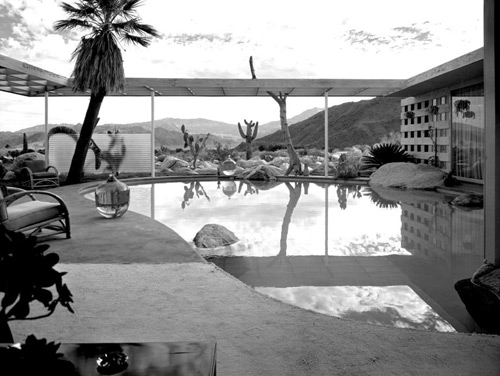
Raymond Loewy House in Palm Springs designed by Albert Frey, 1947
Honesty: timeless design looks like what it’s doing. It illustrates the construction methods to the viewer and reveals how the building goes together.
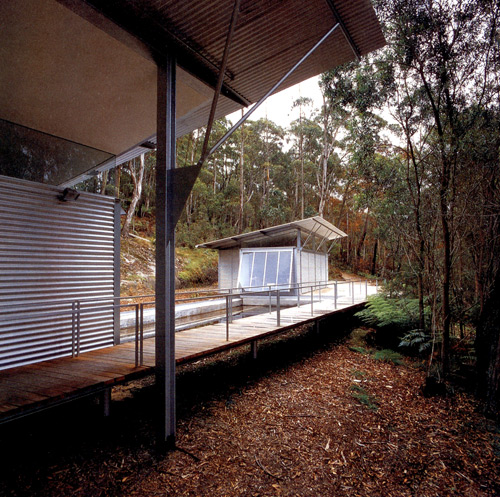
Simpson-Lee House in New South Wales by Glen Murcutt, 1994
Relevance: timeless design is made of current materials and methods. It respects the traditional by not copying it or getting in the way of it.

Gardiner Museum of Ceramic Art in Toronto, designed by Kuwabara Payne McKenna Blumberg Architects, 2006
Weathering: timeless design allows the process of weathering to improve the architecture. The effects of sunshine, wind and rain are significant; timeless architecture allows these factors to not only play a role, but to make the architecture special.

Maison de Verre in Paris designed by Pierre Chareau, 1932
Geometry: timeless design uses the principles of natural proportions and the golden section.
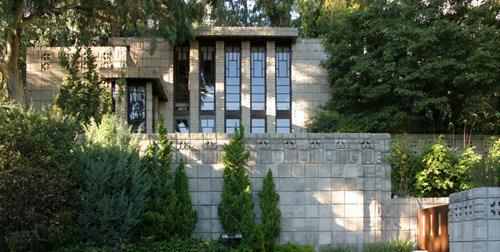
Storer House in Los Angeles designed by Frank Lloyd Wright, 1923
Confidence: without being egotistical, timeless buildings belong right where they are.
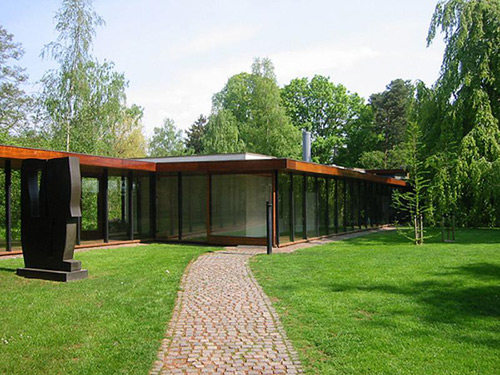
Louisiana Museum of Modern Art in Denmark, designed by Jørgen Bo and Wilhelm Wohlert, Claus Wohlert, 1958 to present





